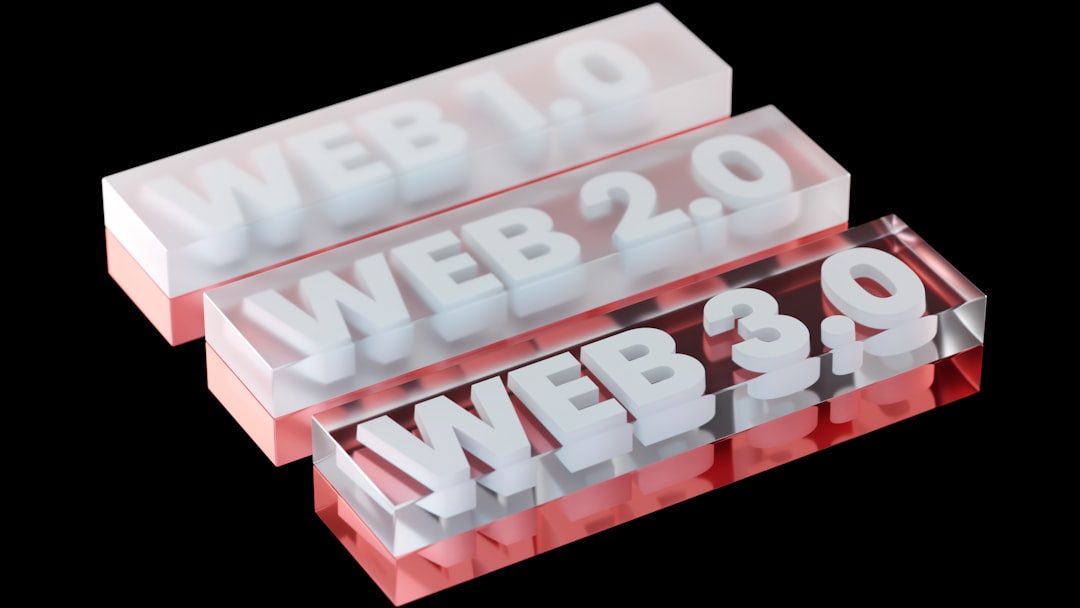If you’re facing the frustrating issue of being unable to log in to your WHMCS admin panel or client area, you’re not alone. This issue can arise due to several reasons ranging from misconfigured permissions to server-side problems. The good news is, most login issues with WHMCS are fixable with some methodical troubleshooting.
In this article, we’ll walk through the common causes for WHMCS login issues and provide clear, actionable steps to resolve them. Whether you’re the admin or a client, getting access back to your WHMCS portal is essential to maintaining business operations and keeping customers satisfied.
Common Reasons for WHMCS Login Errors
Before diving into solutions, it’s important to understand the root causes. Here are some of the most frequent reasons why users are unable to log in to WHMCS:
- Incorrect login credentials
- Two-factor authentication failure
- Brute force protection enabled
- Database connection issues
- Corrupted session or cache files
- PHP version incompatibility
- Improper file or folder permissions

Step-by-Step Guide to Resolving Login Issues
Below are the practical steps you should take to identify and resolve login issues with WHMCS.
1. Verify Login Credentials
One of the most obvious but frequently overlooked causes: incorrect username or password. Ensure that you are typing the correct admin credentials. If you’ve forgotten your password, follow these steps:
- Visit the WHMCS admin login page.
- Click on the Forgot Password link.
- Enter your admin email address and follow the instructions sent via email.
Note: If you’re not receiving the reset email, check spam folders or verify that the mail server is functioning correctly.
2. Reset Admin Password Manually via Database
If the password reset doesn’t work via email, you can manually update your password in the WHMCS database using phpMyAdmin:
- Login to your hosting control panel and open phpMyAdmin.
- Select your WHMCS database.
- Find the table named tbladmins.
- Click Edit next to your admin user.
- In the password field, select MD5 in the dropdown and enter your new password.
- Save the changes and attempt to log in again.
Important: You should change your password to a stronger hashed version afterwards by resetting it through the WHMCS interface once login is successful.
3. Check for IP Address Restrictions
WHMCS includes brute force protection. If multiple failed login attempts occur from a single IP address, your IP might get blocked. You can unblock it by:
- Reviewing the tblbannedips table in your database, and removing your IP address if listed.
- Edit the configuration file to temporarily disable IP bans:
<?php $disable_admin_ip_check = true; ?>
Add this to your configuration.php file and remove it once you regain access.
4. Disable Two-Factor Authentication (2FA)
In some instances, Two-Factor Authentication fails to complete, due to expired codes or misconfigured settings. To disable 2FA manually:
- Go to tbladmins and find the user.
- Change the authmodule field to be empty.
- Also confirm the tbladminlog table for issues related to 2FA.
After gaining access again, reconfigure 2FA from the admin dashboard to ensure security.
5. Confirm Supported PHP Version and Required Extensions
WHMCS has strict PHP version requirements. Running an unsupported or incompatible version can cause login issues. WHMCS version 8.x generally requires PHP 7.2 through 8.1.
Check the current PHP version with a phpinfo() script or through your hosting panel. Ensure required PHP extensions like the following are enabled:
- PDO
- cURL
- mbstring
- SimpleXML
- JSON

6. Review File and Directory Permissions
Incorrect permissions on files and folders can prevent WHMCS from functioning properly. Recommended permissions are:
- Files: 644
- Folders: 755
Also, ensure that the templates_c directory is writable. If it’s not, sessions and cached files won’t be created, leading to login failures.
7. Clear WHMCS Cache Files
If WHMCS is failing silently or redirecting you back to the login screen without error, cache files may be corrupt. Follow these steps:
- Go to the templates_c directory inside your WHMCS installation.
- Delete all files inside this folder—do not delete the folder itself.
This forces WHMCS to regenerate the cache files and often resolves strange behavior including login loops.
8. Enable Error Reporting
If none of the above have worked so far, you’ll want to see what’s actually causing the issue. Enable error reporting in WHMCS by editing your configuration.php file:
$display_errors = true; $debug_log = true;
After adding these entries, reload the login page. Review the errors displayed, which can give you critical clues as to the underlying problem.
Additional Tips
- Always backup your files and database before making changes.
- Ensure your server time and timezone settings are correctly configured to avoid session issues.
- If your site is behind Cloudflare, ensure that your IP is not being obfuscated or cached improperly.
When to Contact WHMCS Support
If you’ve tried all the above steps and are still unable to log in, it may be time to contact WHMCS support. Be ready to provide:
- Your WHMCS version
- Server environment details (PHP version, MySQL version, etc.)
- What troubleshooting steps you’ve already performed
WHMCS offers both community forums and ticket-based support for licensed users. Having all relevant details documented will speed up the support process.
Final Thoughts
Login issues with WHMCS can disrupt business, client communications, and hurt user trust. However, with a structured troubleshooting approach, most issues are resolvable within a short period of time. From basic credential checks to resolving server configuration problems, each step brings you closer to regaining access and maintaining a secure, efficient WHMCS installation.
By following this guide, you should be well-prepared to identify and fix the root cause of most WHMCS login problems. Always keep your system updated and secure to prevent future issues.
